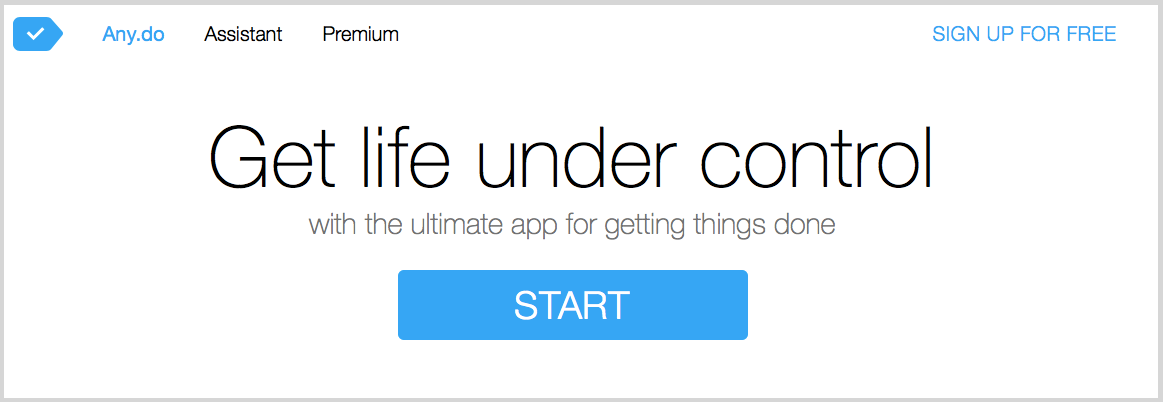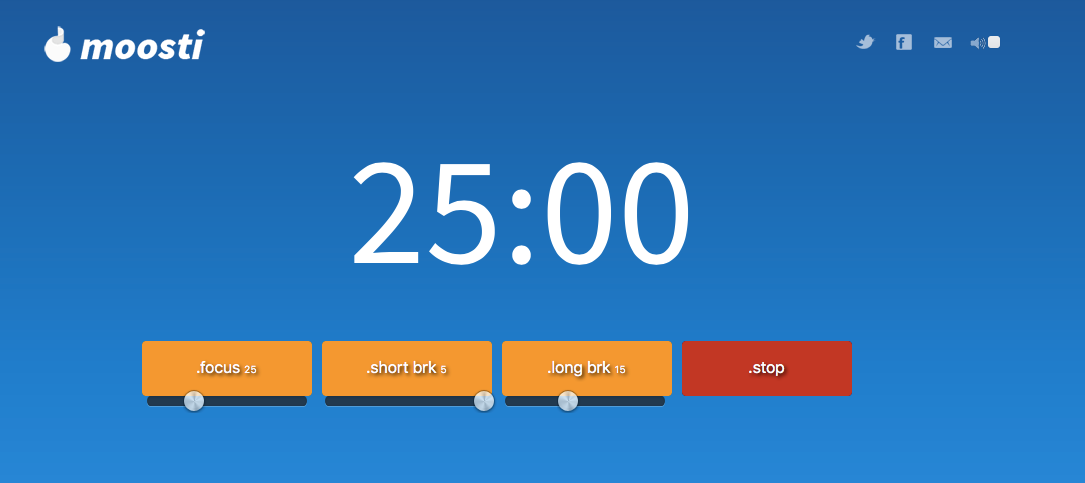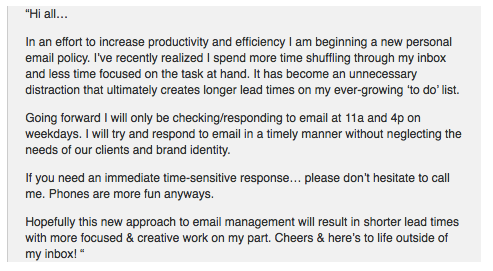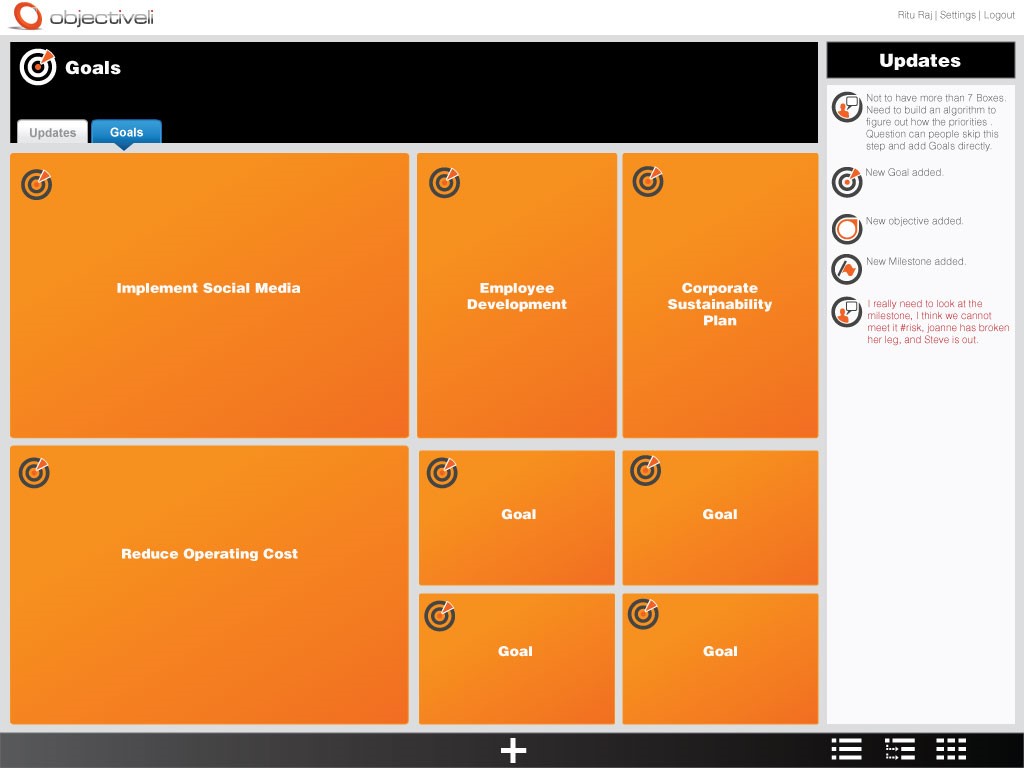Shiny object syndrome: the tendency for someone to get distracted by new thoughts and ideas, their own and others, and never focus or complete anything (source).
Shiny object syndrome, or SOS, is a HUGE problem for entrepreneurs. I know this, because I am one and I do have to fight against it, constantly! Totally transparent here ;-)!
One of the curses and blessings of being an entrepreneur is that you constantly have new thoughts and ideas going through your brain. In the course a single day, you could find yourself struggling with one or more of the following thoughts:
“OMG, I can’t believe I never thought of this before…time to get started on a new business idea!”
“I haven’t checked my social media in at least an hour. I better get right on that!”
“Gee, I haven’t checked my website analytics in a while! I better do that before I forget!”
Ding! “A new email, I’ll drop everything and see who it’s from!”
“Look at this Facebook ad I better click here like it suggests and see what this is all about!”
If any of these sound familiar, you likely suffer from SOS. This post will offer six practical strategies for kicking Shiny Object Syndrome to the curb, once and for all!
But first, in case you think SOS isn’t really that big a deal, let’s take a quick look at what can happen if it gets out of control!
What happens when SOS gets out of hand
A little bit of Shiny Object Syndrome is to be expected, and probably won’t hurt you. But when it starts to take over, it can have some pretty serious consequences including:
Lost productivity: Some research suggests it takes an average of 23 minutes and 15 seconds to get back on task following an interruption. This means every time you “just” check email or social media, you could be falling behind…big time.
Lost money: Many projects or ideas come at a cost: the cost of tools, subscriptions, business services, etc. Every time you drop a project all that money you invested goes right down the drain.
You don’t give your projects time to pay off: It can be tempting to give up on an idea when you’re not seeing results. Unfortunately, you might be giving up JUST before those results start revealing themselves. This is particularly true when it comes to SEO and content marketing (both of which are long-term endeavors).
You don’t fully invest in any one thing: While it’s great to have multiple projects and ideas on the go, it can mean you don’t fully commit to any single one. This makes it unlikely that any of them will succeed – at least to their full potential.
People start to think of you as a flake: This sound harsh, but it’s the truth. If you’re constantly bouncing from one thing to the next, people are going to start realizing you can’t commit and their trust in you is going to plummet.
6 Ways To Overcome Shiny Object Syndrome
I hope it’s clear at this point that SOS is usually a very BAD thing! Now for the good news: SOS can be managed! Following are six strategies for kicking SOS to the curb.
1. Have a flexible schedule for the day
Take charge of your day with an app like Any.do
I know some of you are thinking something along the lines of, “I became an entrepreneur so I wouldn’t have to have a strict schedule!”. I’m not saying you need to have every minute of the day accounted for. BUT, without a plan for your day, SOS is likely to take over.
At the beginning of the day, sit down and come up with a rough plan for the day. What do you hope to get done, and by what time? What are the main tasks you hope to have accomplished by the end of the day? How will you know you’re “done” work for the day? (This is a big problem for entrepreneurs because there’s no one to tell you when to stop working!).
Try using a free or low-cost app to help you plan, and to keep you accountable. Some great scheduling apps include Schedule Planner, Todo, and Any.do.
2. Try the Pomodoro Technique
Use a tool like Moosti to stay on task
This strategy works very nicely with the previous one. While it’s great to have a schedule and plan in place, it’s also important to build in small, scheduled breaks throughout the day.
The Pomodoro Technique can help with this. It works like this: When you start working, set a timer for 25 minutes. Commit to working like crazy during that time. Once the timer goes off, give yourself 3-5 minutes to do whatever you want. This can include checking email or social media, stretching your legs, refilling your coffee, etc.
Once your break is up, set the timer for 25 minutes again. After the fourth 25-minute period, give yourself an even longer break – 15-30 minutes. This is a great time to have lunch or go for a walk. Now set your timer again, and go back to 3-5 minute breaks.
This is a great strategy for making sure you stay on task, and still get some valuable time to recharge and clear your head!
Here are some great tools that can help with the Pomodoro Technique: Moosti, TomatoTimer and Marinara Timer.
3. Turn off email and social media notifications
Hearing the ring or buzz of your cell phone or computer makes it nearly impossible not to check. For that very reason, I suggest turning off email, social media and even text (gasp!) notifications while working on a specific task.
Tim Ferris, author of the hugely successful book, The Four-Hour Workweek, recommends having a set schedule for checking email.
As explained by Tim, Here’s how to make this work: Decide on set times when you’re going to check your email (e.g., at 10am and 3pm). Set up an autoresponder on your email that lets people know what times you check…this way they’ll know not to expect an email back right away.
Here’s a sample email one of Tim’s readers sent him:
As you can see above, it’s a great idea to give people a way to reach you in an emergency – preferably by phone. This ensures you stay on task, while also remaining accessible for important, time-sensitive matters.
4. Set short-term goals
Use an app like Objectiveli to help you plan and meet your goals
This is another strategy that works great alongside #1 – scheduling your day. However, setting short-term goals will usually also include weekly or even monthly tasks you want to accomplish, as well as outcomes you’d like to achieve.
Some examples of short-term business goals might include:
- Making $5,000 in revenue by the end of the month
- Posting 5 times to social media over the course of the week
- Getting three new clients in the next three weeks
- Getting 1,000 visitors to your website by June
- Organizing your office by the end of the week
While setting short-term goals doesn’t ensure you won’t get distracted by shiny objects, it does give you something tangible to work towards. And if you find you’re consistently meeting your goals, you know you have a pretty good handle on staying focused!
Looking for apps to help you set goals? Check out Strides, GoalsOnTrack and Objectiveli.
5. Build in time to try new things
Use Evernote to keep track of all your great ideas
As already mentioned, constantly having new ideas – while sometimes challenging – is also one of the great things about having the mind of an entrepreneur.
Instead of squashing all the great thoughts and ideas you have, build in some time each day to let yourself think about them and flesh them out.
Scared you’re going to forget all those amazing ideas if you don’t act on them right away? No worries. Use a tool like Evernote to jot down thoughts and ideas as they happen. Then when you have your pre-scheduled “idea time”, you can pull up your list and dive right in.
Even if it’s only 30 minutes a day, this block of time will give you something to look forward to, and will (hopefully!) help you stay on task throughout the rest of the day.
6. Put your social media posting on autopilot
Use a tool like AgoraPulse to schedule and manage your social media posts
Because social media is such an effective way to get engagement, leads and sales, it can be tempting to post frequently – even while you’re SUPPOSED to be doing other important tasks.
The best way to avoid this is to automate your social media as much as possible. Build in time once or twice a week to plan and implement your social media for the week, and then stick to it.
Also be sure to build in set times for checking your social media so you can respond to questions, comments or concerns in a timely manner.
Some of the tools I recommend for automating your social media include Hootsuite, Buffer and AgoraPulse.
For a list of more social media tools I use and love, check out my post 9 Social Media Tools To Save You Tons Of Time.
Final thoughts
In my experience, the vast majority of entrepreneurs suffer from Shiny Object Syndrome to some extent. So you’re definitely not alone! But I hope the strategies above have given you some hope that you can manage it and learn new ways to focus and stay on task, while still pursuing your ideas and passions.
Need some more inspiration for being the BEST YOU in your business? These posts may help:
9 Things Successful People Refuse To Do
15 Things That Outrageously Successful People Do Every Day
How To Move Past The “Everything’s Been Done” Trap
Do you suffer from SOS? How does it manifest itself in your life and business? Share below!
About Author
Kim Garst
Kim Garst is a renowned marketing strategist and speaker who is trailblazing the use of artificial intelligence in digital marketing. With over 30 years of experience as an online entrepreneur, Kim helps entrepreneurs grow their business and authority online by using AI technology. She is leading the way with proven AI frameworks that help entrepreneurs build authority in their space.
She is keynote speaker and an international best-selling author of Will The Real You Please Stand Up, Show Up, Be Authentic and Prosper in Social Media.
Named by Forbes as a Top 10 Social Media Power Influencer, Kim is well-known for her skill to simplify complex technology and make the use of AI understandable for business growth. Her relatable, actionable advice helps guide new entrepreneurs to harness the power of AI to succeed in digital marketing. Kim is leading the way in combining human and technological skills to create a new model for AI-powered marketing.









2 thoughts on “How To Kick Shiny Object Syndrome To The Curb”
Very good thanks web site.
The best
Thank you so much for good site.